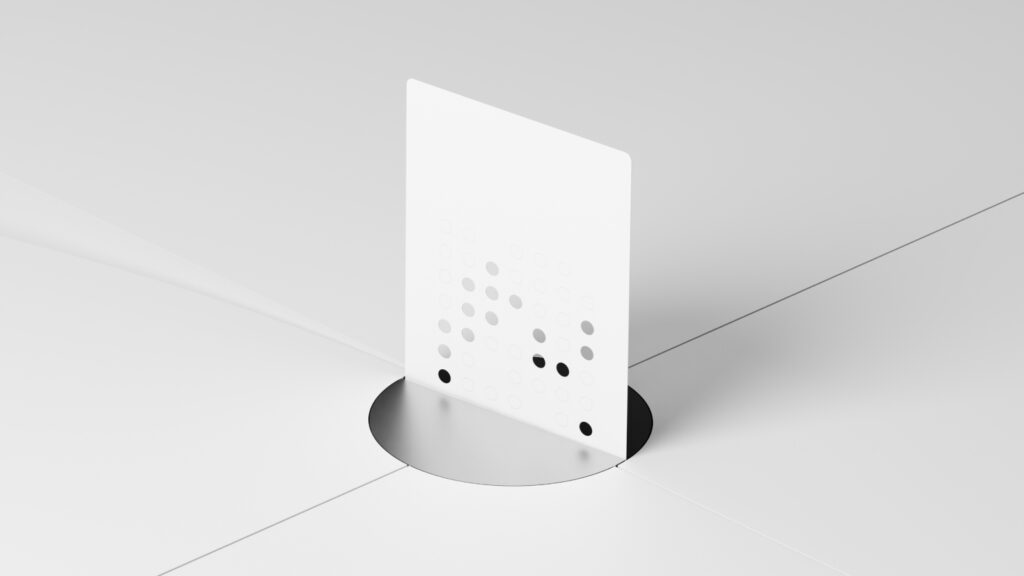Don’t Let Google Dictate Your Plans Now that Third-Party Cookie Deprecation is Delayed
Google confirmed yesterday that it will now not phase out support for or use of third-party cookies until later in 2023, setting their deadline back two years from what was originally announced in early 2020. The delay is due to ongoing discussions with UK regulators over Google’s Privacy Sandbox.
It might come as welcome news for both buy- and sell-side players who now have more time to test and implement new solutions, whether endemic or those offered by tech vendors like Google itself, to replace third-party cookies. However, given that both sides of the industry were already prioritizing plans for the transition, this delay provides more opportunity to understand the roles of privacy/consent and data collection vis a vis what a business seeks to achieve. We always knew that assessing and testing the options, the pros and cons and level of technical integration needed for various solutions would take not only time, but also require having the right resources and partners in place. This delay provides more time to select the best technology, strategy and partnerships to collect and activate the rich, permissioned zero- and first-party data that can form the basis of your new approach to customer engagement and personalization.
Turn unknown users into loyalists down the line
Let’s not forget that third-party cookies are going away because consumers didn’t want them following them around the internet any longer. Consumers are at the root of the solution, too — you want to provide the best experiences you can that make them want to opt in and give you more of their data, which just leads to better personalization. There is no reason to wait to do that until 2023. You’ll only risk losing users who are tired of getting served content or ads that are irrelevant or annoying to them or that don’t attract their interests.
You can’t have cookieless identity without the right data, and you can’t have the right data without the right technology
As Mathieu Roche, Co-founder and CEO of ID5, recently explained in our panel with Ad Age on How the Right Data Can Build Brand Value and Protect Consumer Privacy, identity is the core, or the currency, that enables trading of assets, which is customer data. Brands and publishers must link information to an individual across all channels and devices at scale. Having permissioned, zero- and first-party data enables the currency of identity, with authenticated users getting value exchange in the form of offers to sign up for newsletters, donate money to a publication or access premium content via a subscription.
That data takes time to build up once you have the right technology in place to do so — a CDP or a DMP, a consent management system and an identity solution. Think of all of the conversations, demos, budget discussions and technical evaluations you need to do across all of these technologies before you choose one and then implement it. By doing that work now, you set yourself up to have the right tech stack in place well ahead of 2023.
Building up an authenticated audience now will pay extra dividends by 2023
In a byline just published yesterday for AdExchanger on choosing an identity provider, our Chief Growth Officer Joanna Catalano shared estimates from our partner LiveRamp that it’s unlikely publishers will achieve even half of authenticated users by 2022 — more like a third. Now that the timeline has been moved back two years, this gives publishers and advertisers more time to build up more of this authenticated audience. Authentication will help move the industry from anonymous tracking and toward an internet based on consent, with users in control. Actually connecting with known users, rather than simply relying on anonymous, drive-by audiences, will create real value in your business in the form of more personalized experiences for consumers and the ability to optimize for conversion or monetization.
Being more customer-centric now will drive revenue and sales
Gathering permission-based zero and first-party data now will enable high-performing and high-yielding marketing and ad experiences well before third-party cookies are a thing of the past. We’ve all seen the news on plummeting ad revenues — there needs to be a new approach. Delivering relevant, contextualized customer experiences across the entire journey with a more open approach to data and customer profile unification will help turn insights into customer behaviors and interests, goals, and needs while increasing ad revenue. Known segments are higher value and will increase ad campaign CPMs and provide more premium brand-led metrics to justify direct relationships with buyers. You’ll also be able to offer qualified and unified customer profiles to adtech partners to give brands the quality audiences and inventory needed to maximize ad revenue.
Conclusion
These data, tracking and privacy changes impact all facets of your business, from data collection and storage to data activation and monetization. Getting permissioned data from your users is the key to unlocking them all; however, it is a hurdle that requires strategy, technology and tact. Do the work now so that by 2023 you are already reaping the benefits from a zero- and first-party-based identity strategy instead of trying to play catch-up with your competitors.






